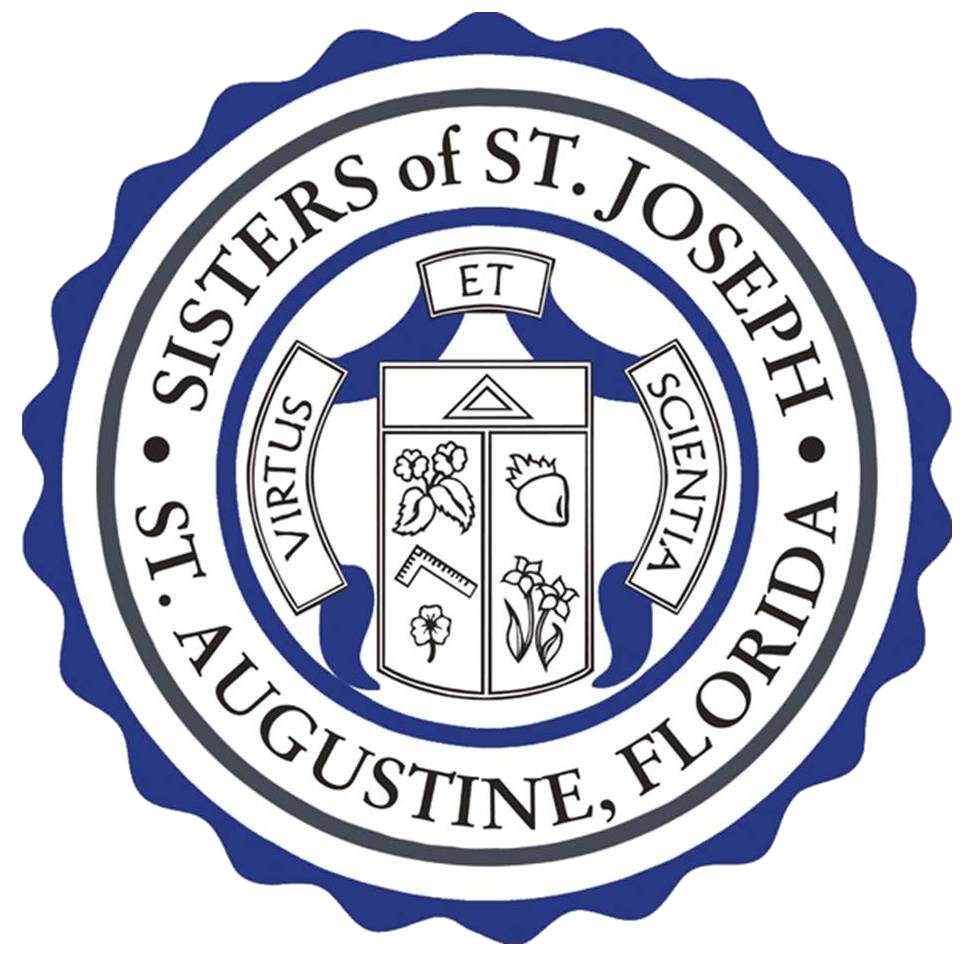An Irish Angel of Mercy in Northeast Florida: Sister Mary Ann Hoare, SSJ
Cover of New Book by Barbara MattickMarch is Women’s History Month. With this in mind, our blog is highlighting one of the better-known and perhaps one of the saintliest of the Sisters of St. Joseph of St. Augustine who is included in a new book by Catholic University of America Press called Teaching in Black and White: The Sisters of St. Joseph in the American South. Written by retired historian Barbara Mattick, and released in January 2023, this book, along with Sister Thomas Joseph McGoldrick’s book, Beyond the Call: The Legacy of the Sisters of St. Joseph of St. Augustine, Florida (2008, Xlibris), provides a glimpse into the early story of Catholic consecrated women in service to the Church in Florida.
Before the Sisters of St. Joseph were recruited by Bishop Augustin Verot of Savannah and the Vicariate of Florida to educate and evangelize the freed slaves following the Civil War in 1866, he had recruited Sisters of Mercy from New England to come to St. Augustine in 1859. They established St. Mary’s Academy on St. George Street near the cathedral, which was primarily a boarding school and day school for white girls.
Among the 10 Sisters of Mercy was a novice by the name of Sister Mary Ann Hoare, who had come to the U.S. in 1848 from Ireland during the infamous potato famine, and had entered the Sisters of Mercy in 1858. Due to her lack of formal education, Sister Mary Ann was a lay sister who did not teach but helped with domestic duties such as the laundry and cooking. She professed her first vows as a Mercy Sister in the Cathedral of St. Augustine in 1861.
Since the French pioneer Sisters of St. Joseph who arrived in St. Augustine in 1866 did not speak English, Bishop Verot had them live with the Sisters of Mercy in order to learn English and become more familiar with life in the South. Sister Mary Ann noticed how the French sisters often left the dinner table still hungry due to their aversion to some Southern foods, and would quietly take them bread between meals.
In August 1869, when the Sisters of Mercy decided to return to New England, Bishop Verot asked Sister Mary Ann and one other Mercy Sister to stay in St. Augustine and become Sisters of St. Joseph, which they both did. Soon afterwards, in Nov. 1869, Sister Mary Ann was one of the sisters chosen to establish a new community in Jacksonville, Florida, where she remained for the rest of her life. Sister Mary Ann, who had nursed both Union and Confederate soldiers of the Civil War, became known as Jacksonville’s Angel of Mercy, visiting prisoners in the Duval County jail, nursing yellow fever victims in Jacksonville and Fernandina Beach, nursing wounded soldiers in the Spanish-American War in 1898 in the congregation’s Pablo Beach cottage, and, most notably, establishing St. Mary’s Home for Orphans in 1886 in downtown Jacksonville, which was the state’s first childcare institution.
Sister Mary Ann Hoare, SSJ (photo of SSJ Archives photo)Sister Mary Ann Hoare, SSJ, lived a long life, dying in 1914 at the age of 86. What a blessing she was to the People of God in Northeast Florida. Our founder, a 17th century French Jesuit, had said our ministries as Sisters of St. Joseph were to be “all the works of which a woman is capable.” Sister Mary Ann Hoare, an Irish immigrant to the U.S., and a transfer from the Sisters of Mercy, certainly lived out her life in faithfulness to that original vision.



